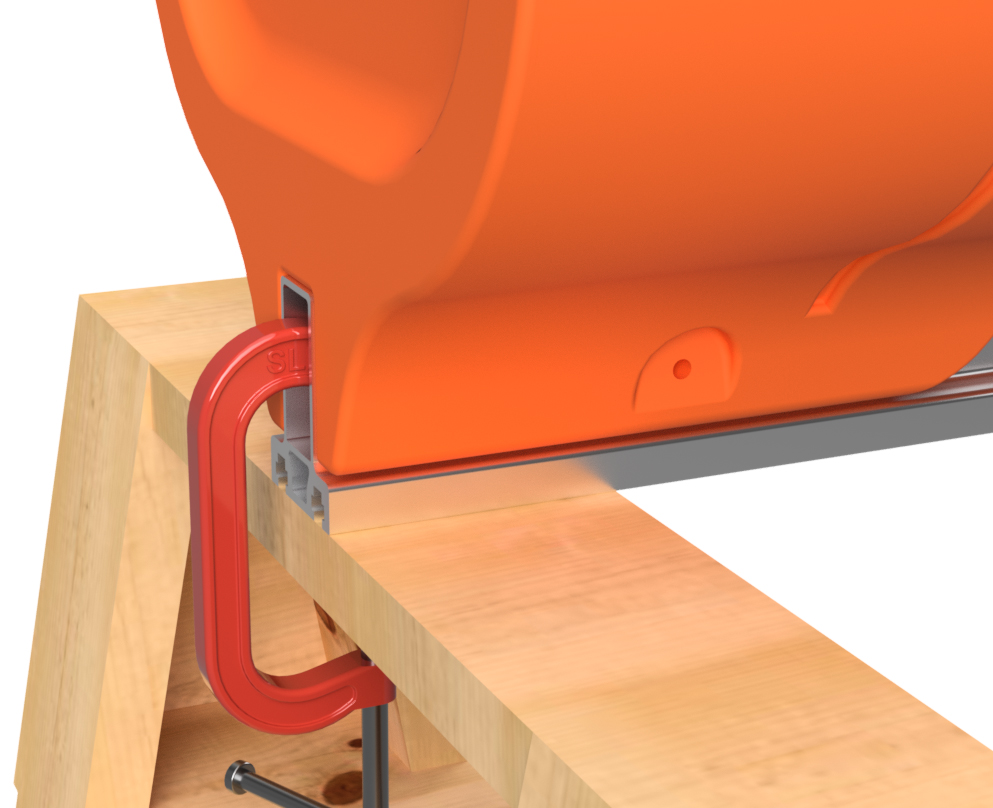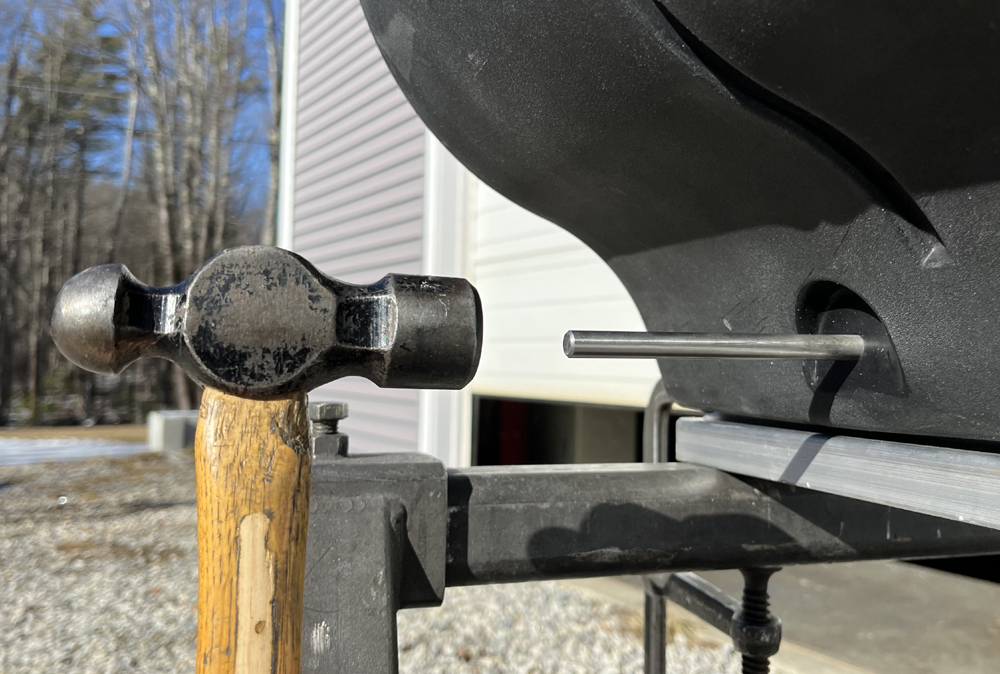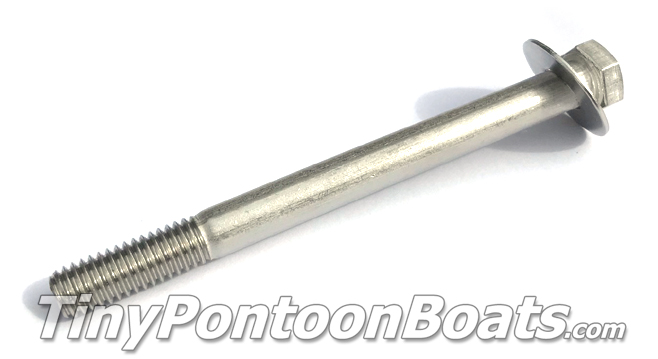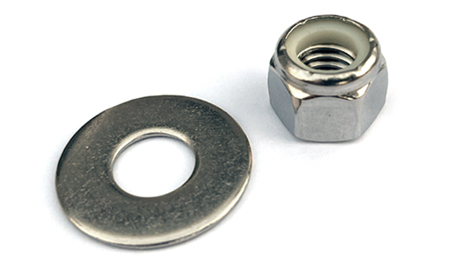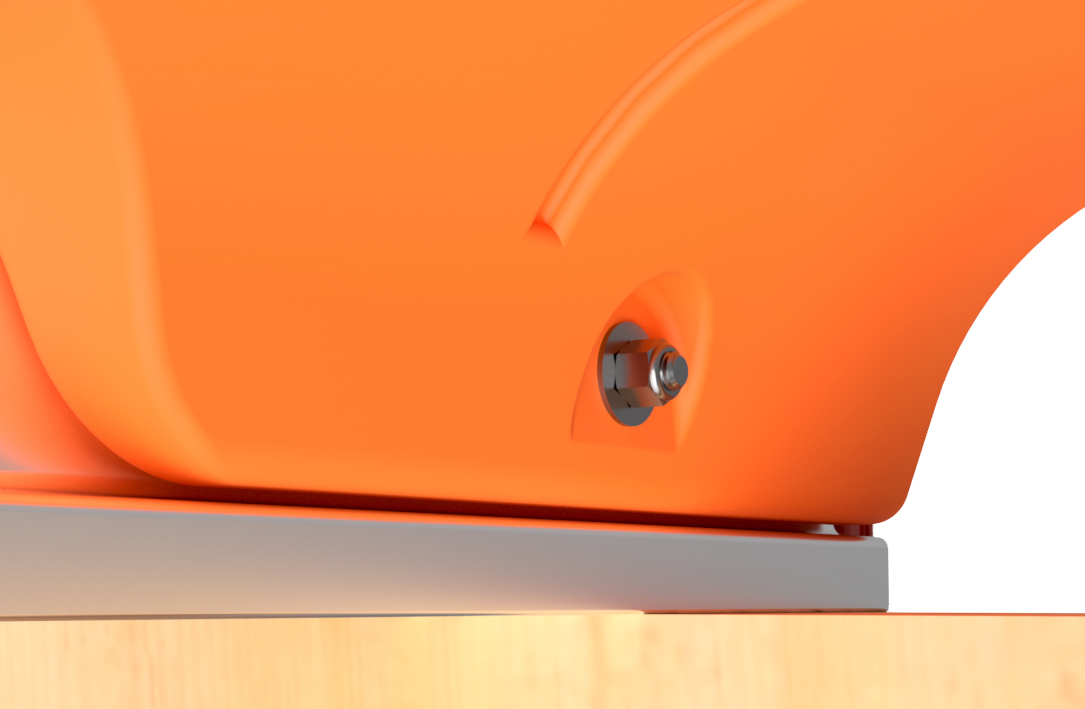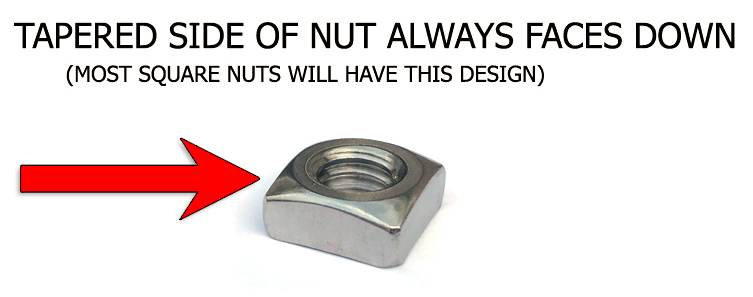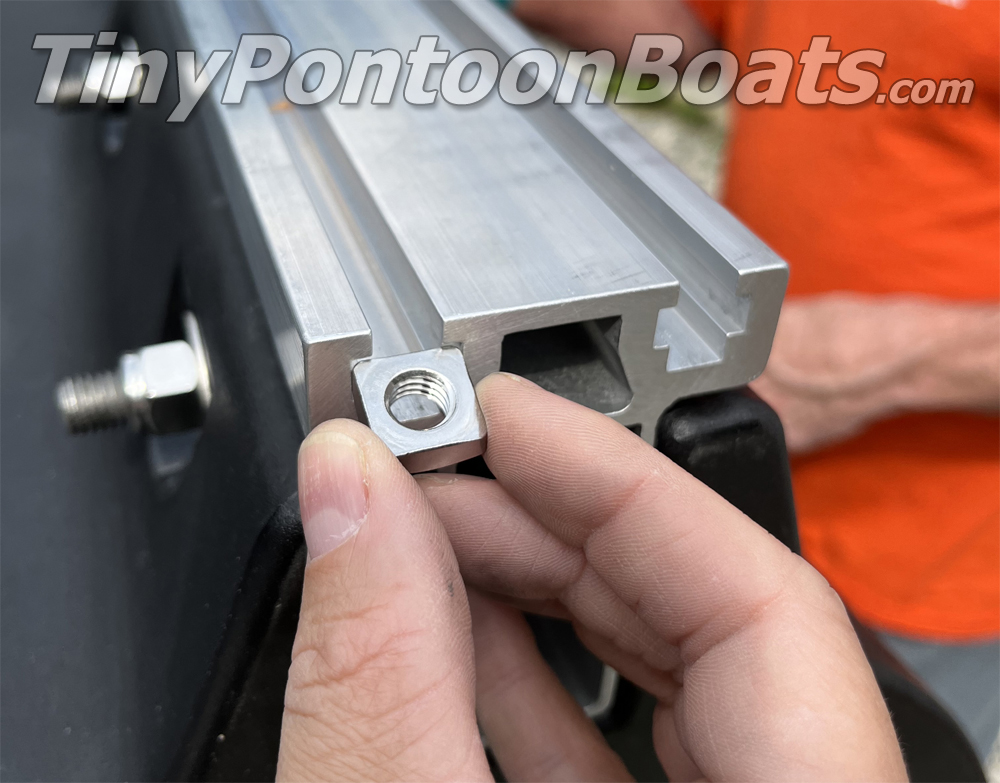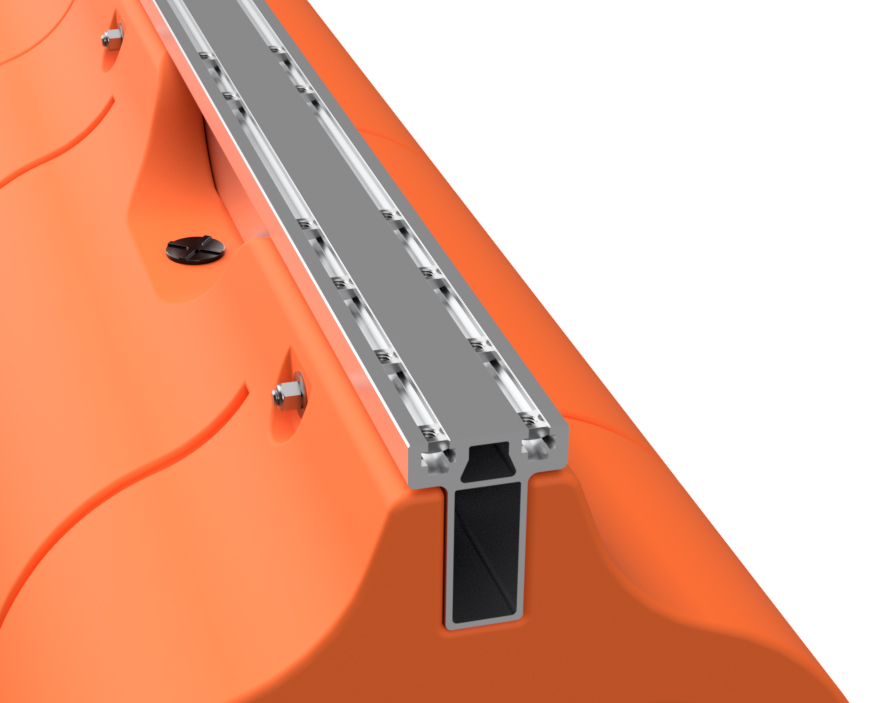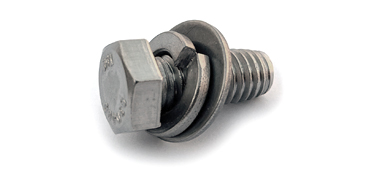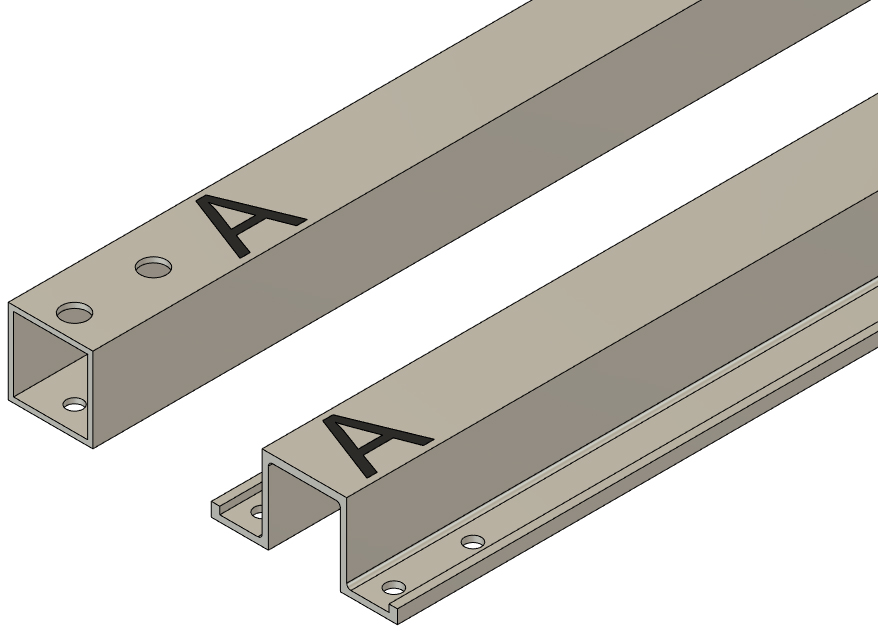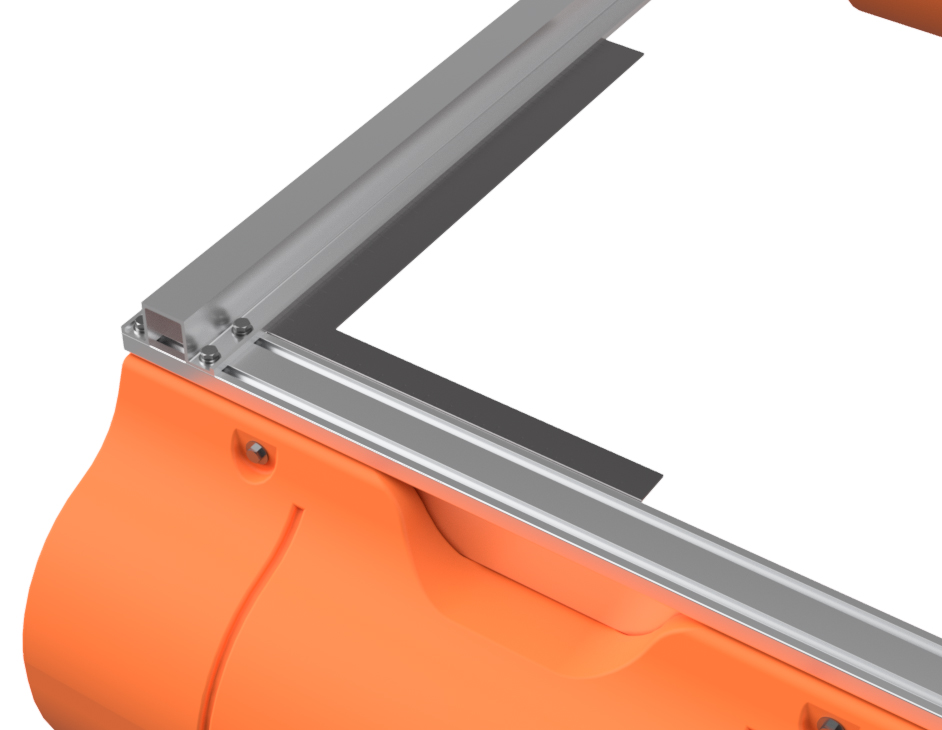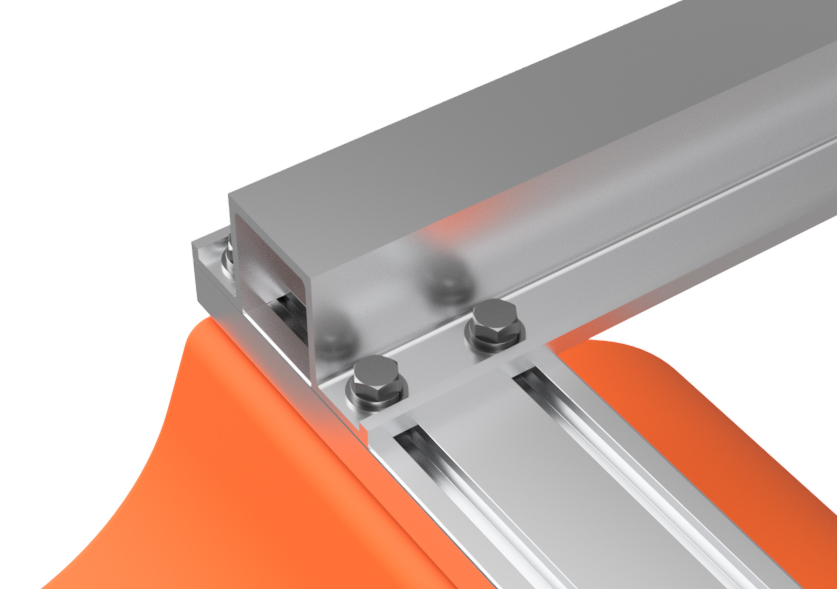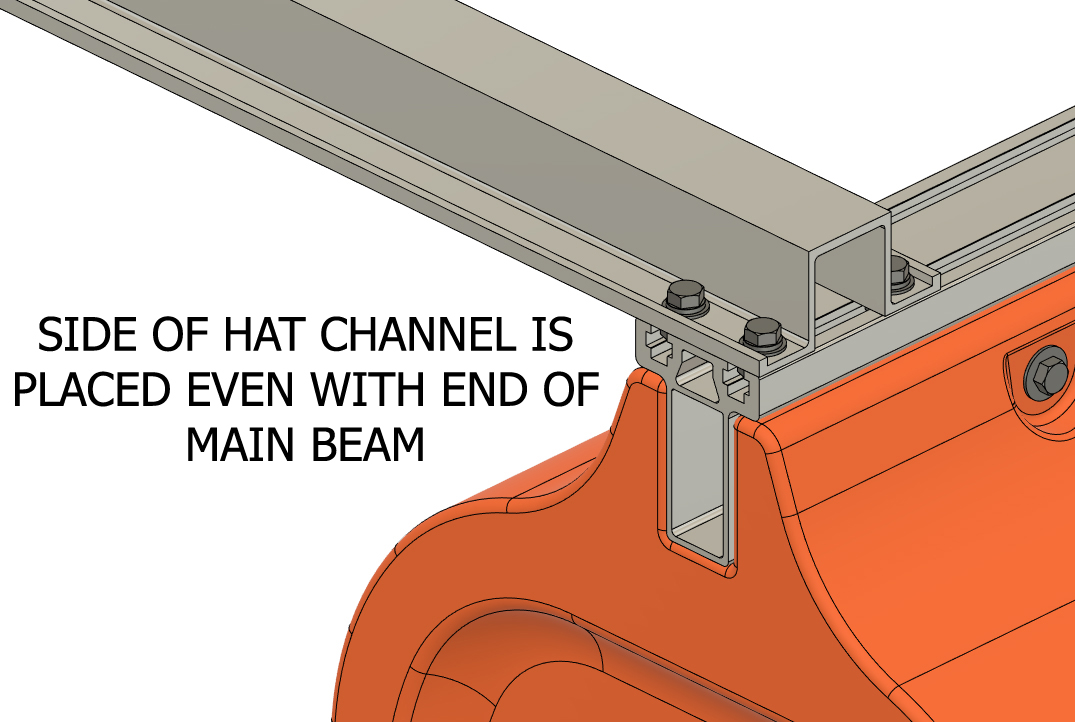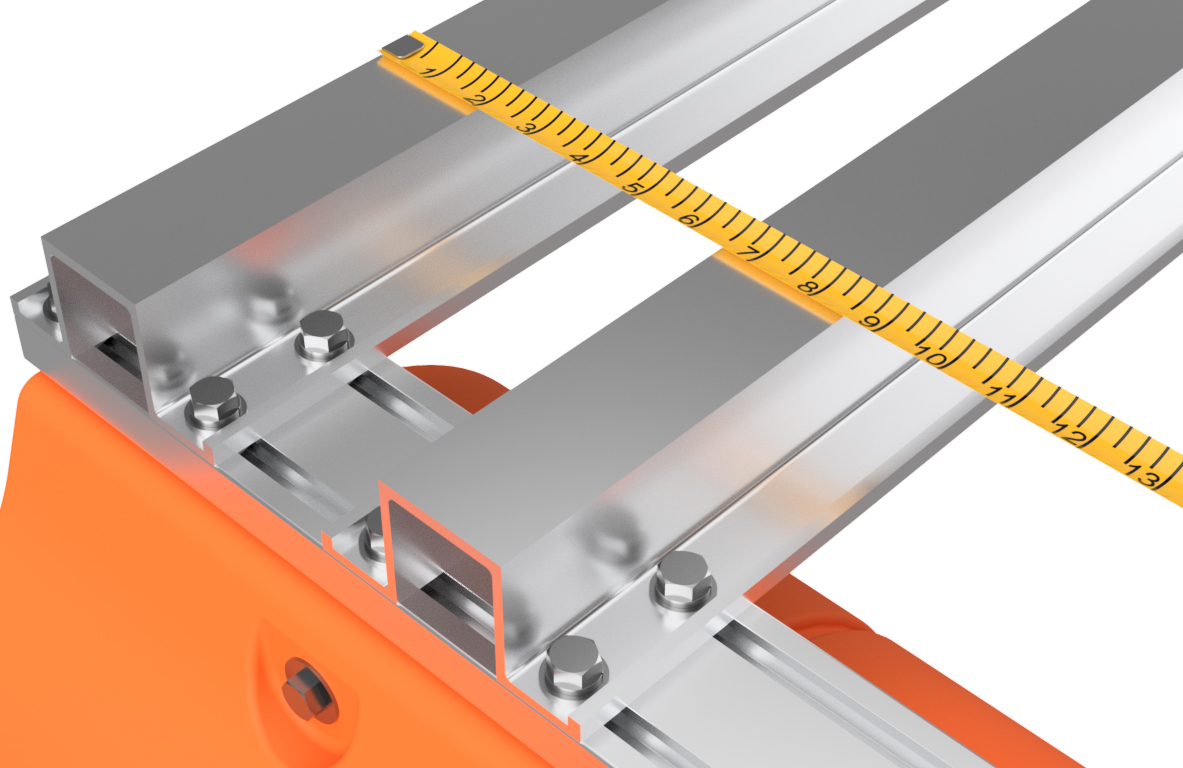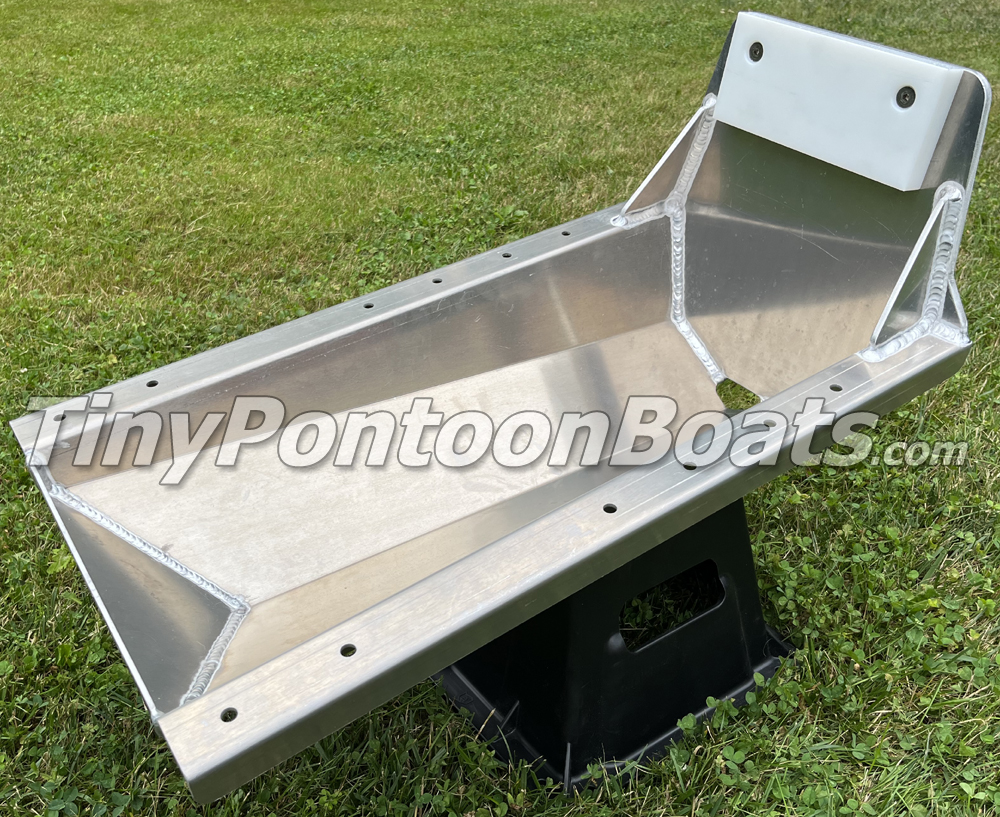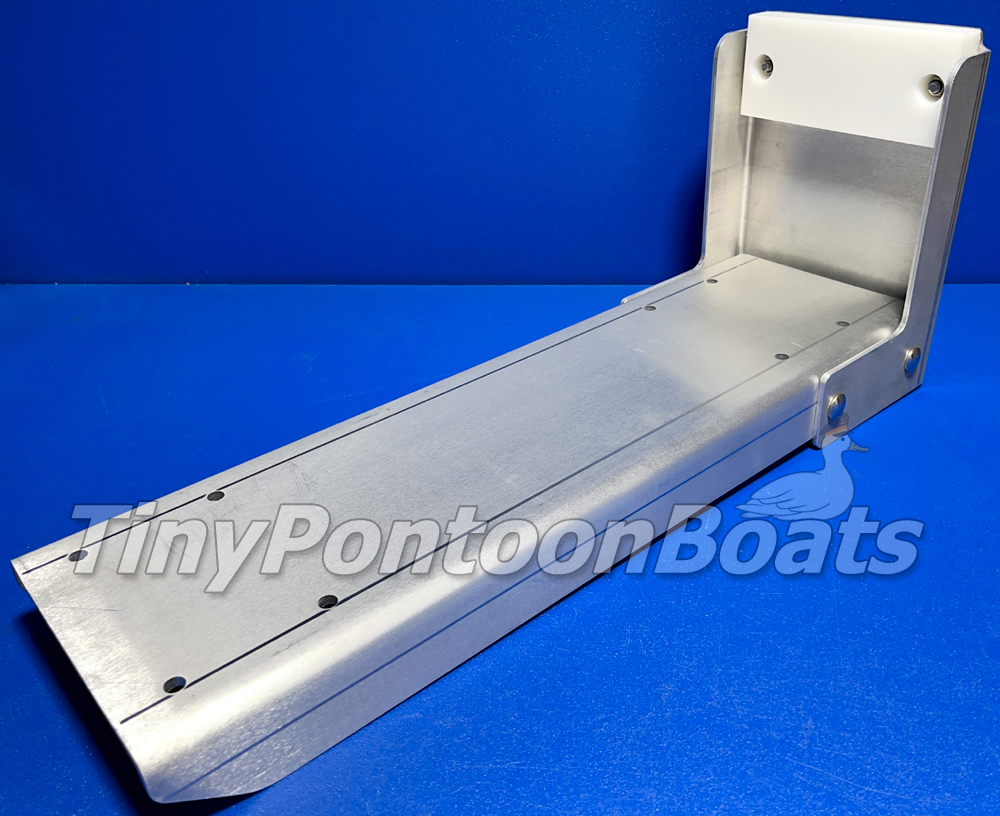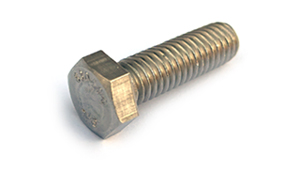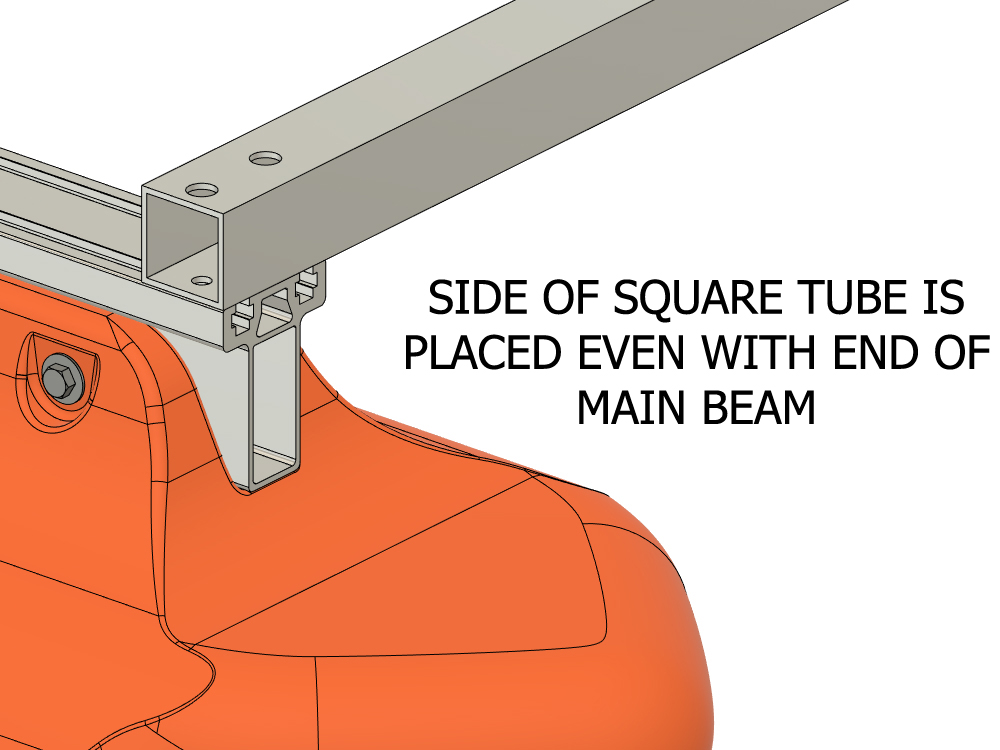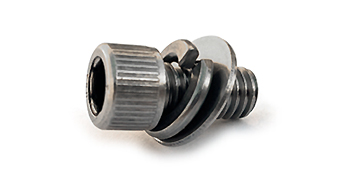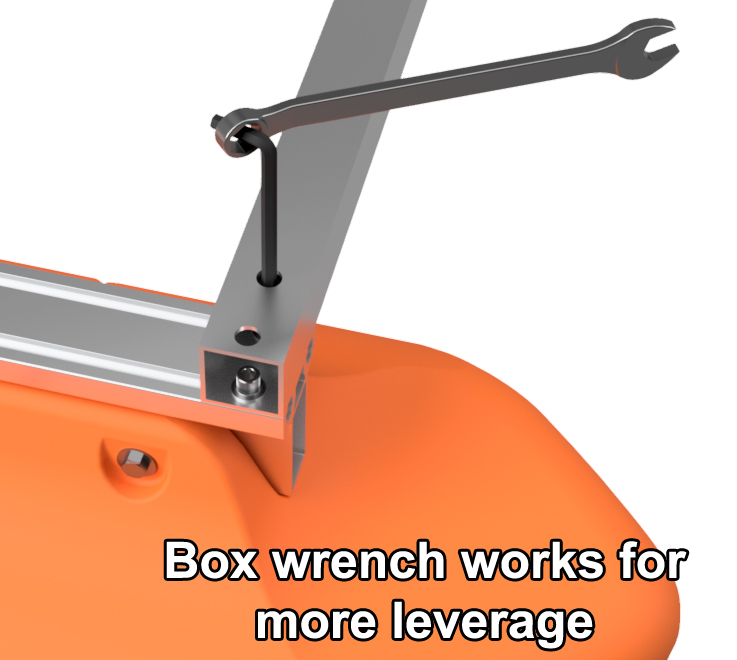

|
REQUIRED TOOLS
The frame and pontoon assembly for our 6'x11' and 6'x14' single-nose pontoon boats requires a few basic tools, as well as a couple specialized tools. Below we have provided a list of everything that you'll need, as well as part numbers and links to where you can get the specialized tools from McMaster, which is a reasonably priced industrial supplier. Click on the part number to view the item on the McMaster website. Many customers will already have the majority of these tools, if not all of them. These tools (other than perhaps the transfer punch) should be stocked at your local home supply or hardware store as well.
|



|





|
STEP 4
Place a nose cone float on the front of the pontoon assembly as shown. Due to the shape of the nose cone, you will not be able to place a ratchet strap over it.
|

|


|
STEP 6
Remove the ratchet straps. Before removing the floats, number the positions of the floats on the main beam as shown. You can use a piece of masking tape to write on or you can use a marker to write on the floats and main beams. If using a marker, lacquer paint thinner will remove the ink after assembly, and the paint thinner will not hurt the plastic or the aluminum. Remove the floats and unclamp the main beam from the saw horses.
|


|
STEP 7
Using a standard center punch, make the marks you made with the transfer punch in step 5 more pronounce. This will make the holes easier to drill in the next step.
|

|







|
CROSSMEMBER PLACEMENT DIAGRAMS:
Moving forward, you will have to reference the appropriate crossmember placement diagram below. If possible, print the diagram or have it handy on a mobile device as you will need to reference it throughout the remaining assembly. The diagram is particularly important to follow if you purchased a railing kit for your boat, as bolt holes are pre-drilled in the fence panels and must line up with the crossmembers of your frame. Be careful and double-check all crossmember placement before tightening bolts.
The crossmember placement diagrams have "Rear Set" noted on the rearmost 3 or 4 crossmembers for each boat. If you purchased a transom (motor mounting bracket) with your boat kit, there will be 3 or 4 crossmembers in your frame system that have "Rear Set" written on them. The rear set of hat channels will have bolt holes for mounting your transom and must go at the rear of the boat, as indicated by your diagram. If you did not purchase a transom with your boat kit, all the hat channels will be identical and any hat channel can go in the rear set position. NOTE:
|
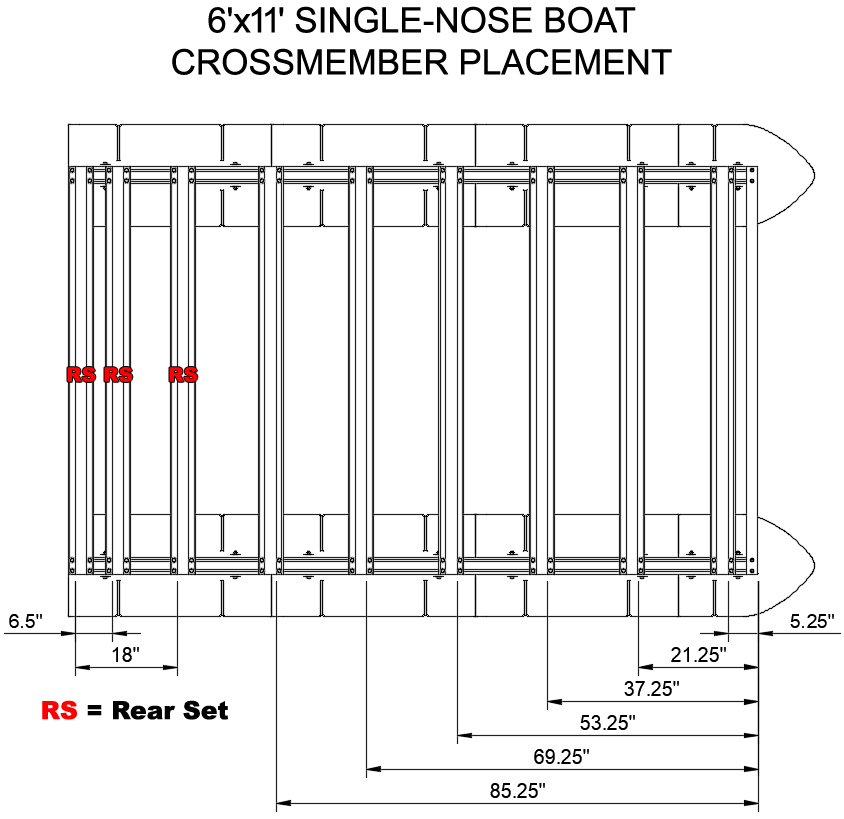
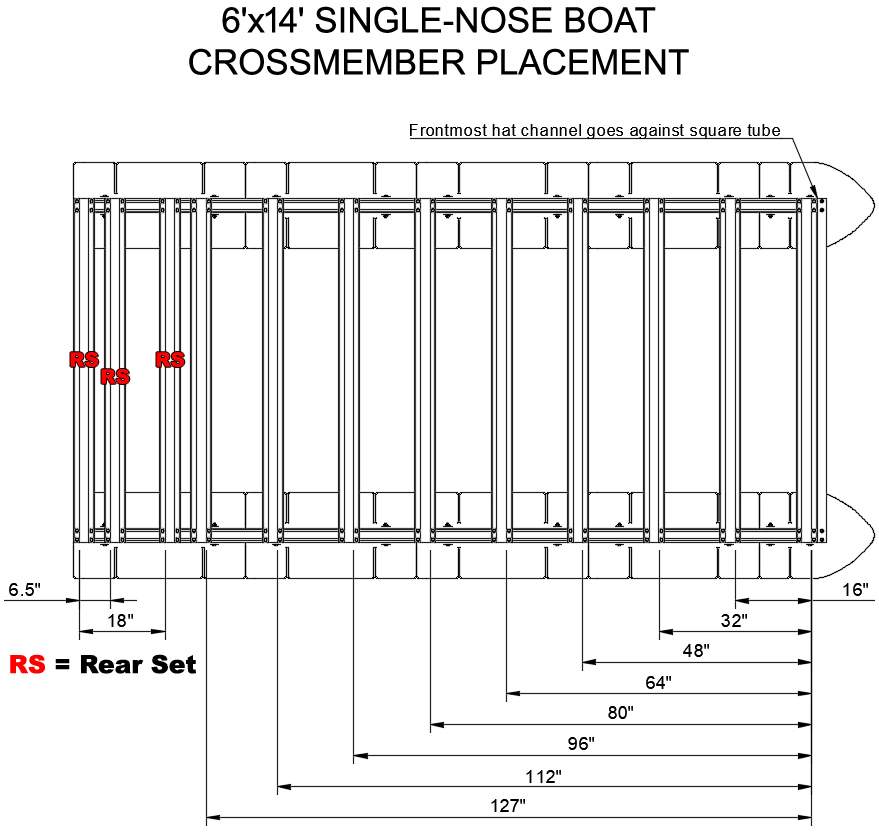











|
THIS PART OF YOUR PROJECT IS COMPLETE!
The frame and floats system for your Tiny Pontoon Boat is now complete! Pat yourself on the back as you did a great job. If you purchased a transom or trolling motor mount for your boat, move onto the section below.
|

|
TRANSOM INSTALLATION
With your frame assembled, the next step is to install the decking or transom. If you purchased our aluminum decking package with your boat kit, the final installation of your transom happens AFTER the decking is installed. Decking installation instructions are listed HERE. If you are using marine grade plywood for decking, you can install the transom before the plywood is installed.
Installation of our transom or trolling motor mount is very simple as you lined up the mounting holes during the frame assembly. Place a 3/8" x 1 1/4" hex bolt with flat washer through each hole in the center of your rear set crossmembers. Line up the holes in the mounting tube/tubes on your transom or trolling motor mount and clamp it into position as you did in step 17. Each bolt now extends into the transom tube/tubes. Using a 9/16" socket with an extension, install a 3/8" flange lock nut on each bolt hanging into your transom tube. The extension allows you to reach into the tube from under the boat. Tighten and then double-check every nut and bolt holding your transom. If you have a 6HP transom you can also tighten the bolts for the motor clamp plate. Your transom is now installed! |
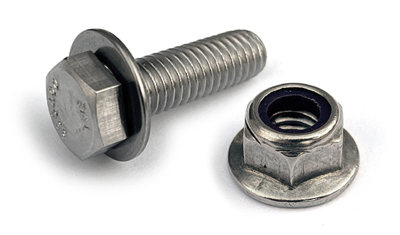


|







